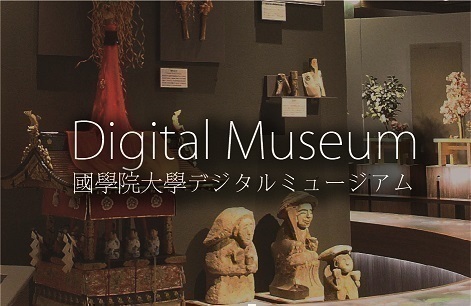- トップ
- Encyclopedia of Shinto
- Gyōji sahō
Encyclopedia of Shinto
| Main Menu: | |
| Links: |
詳細表示 (Complete Article)
| カテゴリー1: | 5. Rites and Festivals |
|---|---|
| カテゴリー2: | Shrine Rituals |
| Title | Gyōji sahō |
| Text | Often used to refer to general protocol of shrine rituals, the term in its narrow sense designates the detailed regulations governing their performance. Shrine rites (gyōji) consist of a combination of basic actions performed by priests (shinshoku), which are referred to as "sahō". In ancient times there was no shrine protocol common to all the shrines. Instead, the practice of the palace was considered the standard. The basic code for the performance of shrine rites (jinja saishiki) was established in 1875, as part of the reorganization of the shrine system during the early stages of the Meiji period. A more detailed code, Jinja saishiki gyōji sahō (Protocol for Shrine Rites and Rituals), was issued in 1907. This was revised in 1942 and abolished along with other shrine-related laws at the end of the war. A new code was instituted in 1948 by the Association of Shinto Shrines (jinja honchō) in 1948 and revised in 1971. It includes regulations for practices such as opening and closing the doors of the sanctuary, invoking the kami, presenting and removing offertory meals and offerings made by the Association, recitation of norito, bowing, purifications (shubatsu), communal meals following a ritual (naorai), and cleansing of the hands and mouth. Sahō regulate behavior such as posture, rising and sitting, retiring and advancing, greetings and summoning calls keihitsu, use of ceremonial batons shaku and fans, holding, presenting and receiving offerings, etc. Seating order, hierarchy and precedence at festivals are also specified. As a result, rites are performed in accordance with common ritual protocols at all shrines throughout the country. Exceptions are permitted to accommodate the traditions of particular shrines or where made necessary by the shrine's architecture. Provisions are also made for women priests, who have emerged since the war. For example, the section on posture and sitting (seiza) specifies that men must "sit with big toes crossed, knees slightly apart, hands resting on thighs and back straight. Women must sit with their big toes crossed, thighs together, hands resting on the top of the thighs and back straight." (Jinja Honchō kitei ruishū). — Mogi Sadasumi |




